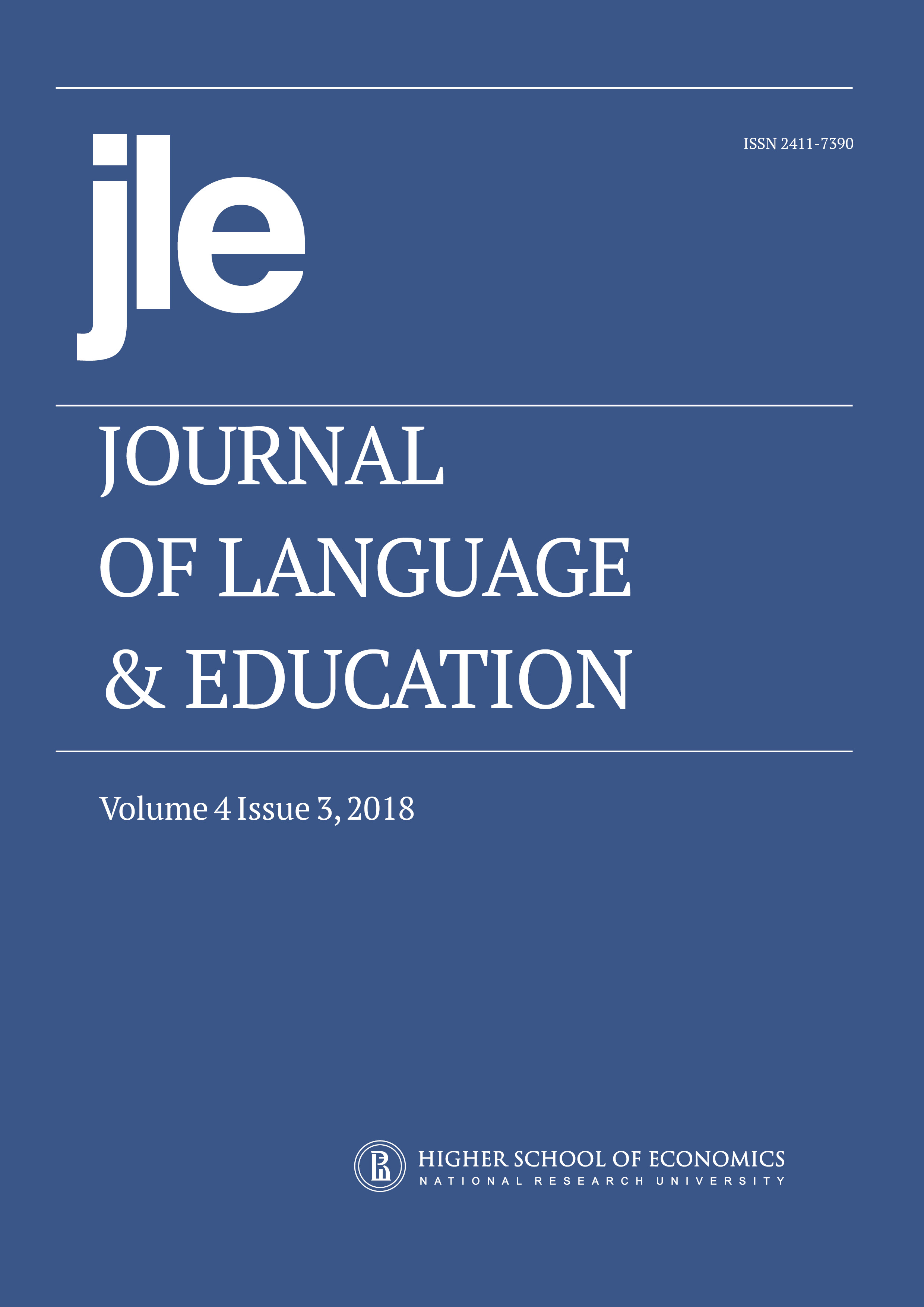«Лингвистическое разнообразие на телевидении»: программа развития навыков мультилитерации у детей
Аннотация
В данной статье мы представляем программу, разработанную и реализовываемую для детей младшего возраста, которая была основана на четырехступенчатой модели мультилитераций: переживание, концептуализация, анализ и творческое применение. Основная цель исследования состояла в том, чтобы развить у детей критическое понимание языкового разнообразия через тексты популярной культуры в совместной, творческой и мультимодальной образовательной среде. Программа осуществлялась в течение двух школьных лет: а) в первый учебный год было осуществлено включение программы для детей 2-го класса греческой начальной школы и б) во второй учебной год аналогичное включение было применено к обучению детей в 1-ом классе. В этой статье мы представляем результаты первого включения программы в ход учебной деятельности в течение учебного года. Результаты исследования показали положительное влияние программы на способность детей легко различать различные типы стилей речи в силу географических, возрастных и социально-экономических факторов. Дети понимали – по крайней мере в некоторой степени – что тексты массовой культуры, как правило, демонстрируют языковое разнообразие искаженным и стигматизированным образом. Результаты этих включений были весьма обнадеживающими; данный факт дает позитивный стимул для продолжения соответствующих мероприятий путем привлечения более широкой выборки учащихся и включения в них более широкого круга текстов, посвященных популярной культуре.
Скачивания
Авторы, публикующие статьи в журнале, соглашаются с условиями политики авторских прав.



